Share
Explore
Understanding @Insert and Other Room Annotations
Let's understand what these @ symbols (annotations) mean in our database code. Think of annotations like sticky notes that give special instructions to Room! 🏷️
Learning Outcomes:
The intersection between
Interfaces
CRUD operations ROOM APIs
What are Annotations?
```kotlin
// This is an annotation
@Insert
suspend fun addStudent(student: StudentEntity)
// This is also an annotation, but with some extra information
@Query("SELECT * FROM students")
fun getAllStudents(): List<StudentEntity>
Think of it like this:
- Annotations are messages to Room (our database helper)
- They start with @ (like a label)
- They tell Room what kind of database operation to perform
The Basic CRUD Annotations 🏷️
```kotlin
interface StudentDao {
// CREATE: "Hey Room, please insert this into the database"
@Insert
suspend fun addStudent(student: StudentEntity)
// READ: "Hey Room, please find this in the database"
@Query("SELECT * FROM students")
fun getAllStudents(): List<StudentEntity>
// UPDATE: "Hey Room, please change this in the database"
@Update
suspend fun updateStudent(student: StudentEntity)
// DELETE: "Hey Room, please remove this from the database"
@Delete
suspend fun deleteStudent(student: StudentEntity)
}
```
How Room Uses These Annotations 🔨
When Room sees an annotation, it generates the actual database code for us:
```kotlin
// When we write this:
@Insert
suspend fun addStudent(student: StudentEntity)
// Room creates something like this behind the scenes:
suspend fun addStudent(student: StudentEntity) {
database.execSQL(
"INSERT INTO students (id, name, gpa) VALUES (?, ?, ?)",
arrayOf(student.id, student.name, student.gpa)
)
}
```
Types of Annotations We Use 📝
1. **@Insert** - For adding new data
```kotlin
@Insert
suspend fun addStudent(student: StudentEntity) // Adds one student
@Insert
suspend fun addManyStudents(students: List<StudentEntity>) // Adds many students
```
2. **@Query** - For custom database questions
```kotlin
@Query("SELECT * FROM students WHERE gpa >= :minGpa")
fun getHighGpaStudents(minGpa: Double): List<StudentEntity>
```
3. **@Update** - For changing existing data
```kotlin
@Update
suspend fun updateStudent(student: StudentEntity)
```
4. **@Delete** - For removing data
```kotlin
@Delete
suspend fun deleteStudent(student: StudentEntity)
```
Simple Example Using All Types 🌟
```kotlin
@Dao
interface StudentDao {
// INSERT example
@Insert
suspend fun addStudent(student: StudentEntity)
// Room will create the INSERT SQL for us!
// QUERY example
@Query("SELECT * FROM students")
fun getAllStudents(): List<StudentEntity>
// Room will create the SELECT SQL for us!
// UPDATE example
@Update
suspend fun updateStudent(student: StudentEntity)
// Room will create the UPDATE SQL for us!
// DELETE example
@Delete
suspend fun deleteStudent(student: StudentEntity)
// Room will create the DELETE SQL for us!
}
```
Remember 🎯
1. Annotations start with @
2. They're like instructions to Room
3. Room reads these instructions and creates the actual database code
4. We don't need to write SQL ourselves!
Think of annotations like post-it notes:
- @Insert = "Please put this in the database"
- @Query = "Please find this in the database"
- @Update = "Please change this in the database"
- @Delete = "Please remove this from the database"
Practice Exercise 📝
Extend the provided code base by writing these annotations:
1. Write an @Insert to add multiple students at once
2. Write a @Query to find students by name
3. Write an @Update to update multiple students
4. Write a @Delete to delete all students with low GPAs
Want to print your doc?
This is not the way.
This is not the way.

Try clicking the ⋯ next to your doc name or using a keyboard shortcut (
CtrlP
) instead.